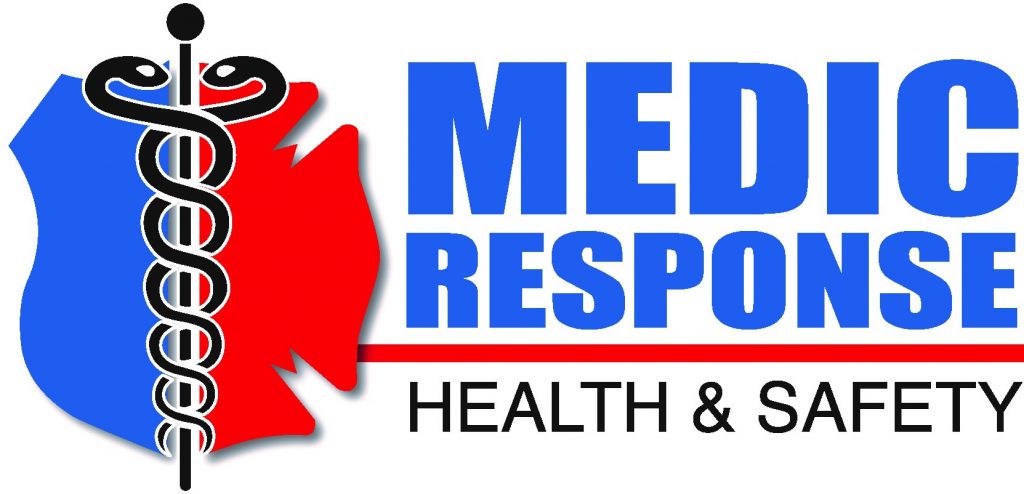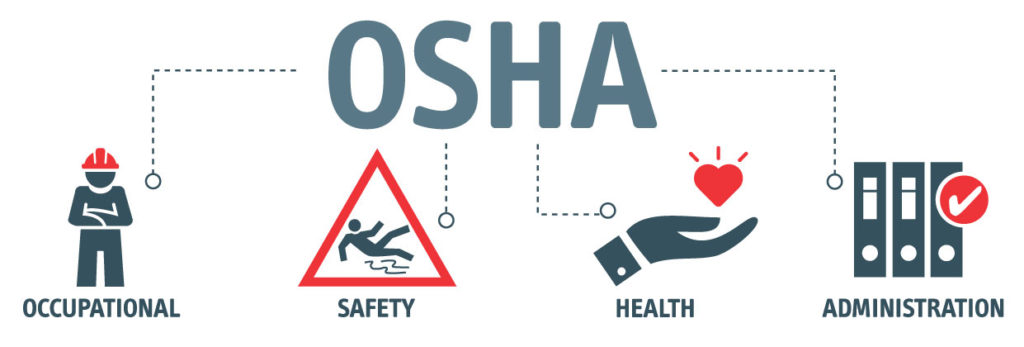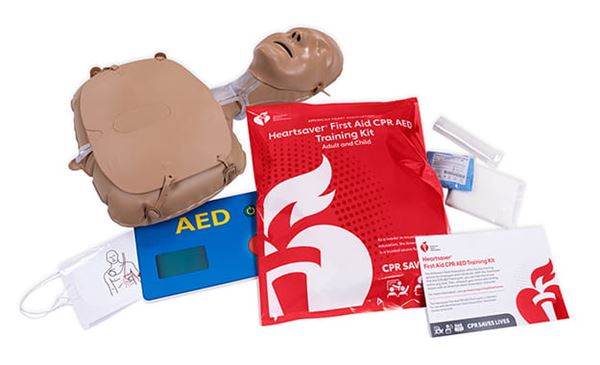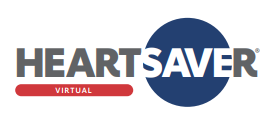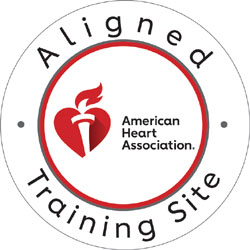Are you starting a new business? Do you know what you need to do to be complaint to OSHA / ANSI Standards?
If you are starting a new business – small or large – you need to be complaint to OSHA / ANSI Standards. Let Medic Response Health and Safety help you.
We can train your staff in Heartsaver First Aid CPR AED and make sure you have the necessary first aid supplies to get started.
Call Medic Response today at 703-449-5438 to set up training classes for your new or existing business.
If you’re starting a new business, it’s essential to familiarize yourself with OSHA (Occupational Safety and Health Administration) and ANSI (American National Standards Institute) compliance requirements to ensure the safety of your employees and maintain regulatory compliance. Here’s what you need to know about OSHA and ANSI:
-
OSHA Compliance:
-
OSHA Purpose: OSHA is a federal agency responsible for enforcing safety and health regulations in the workplace to protect employees from occupational hazards.
-
Standards: OSHA has established specific standards that businesses must follow, covering various areas such as hazard communication, machine guarding, electrical safety, personal protective equipment (PPE), and more.
-
Inspections: OSHA conducts inspections to ensure businesses comply with regulations. They may be scheduled, triggered by complaints or accidents, or conducted as part of a targeted inspection program.
-
Recordkeeping: Businesses must maintain records of work-related injuries and illnesses using OSHA’s Form 300, Form 300A, and Form 301, depending on the severity of the incident. e. Training: Employers must provide appropriate training to employees regarding safety hazards, emergency procedures, proper equipment usage, and other relevant topics.
-
-
ANSI Compliance:
-
ANSI Standards: ANSI develops voluntary consensus standards that cover a wide range of industries, including manufacturing, construction, safety equipment, and more. These standards are often adopted as mandatory regulations by government bodies.
-
Equipment and Machinery: ANSI standards may specify requirements for the design, construction, testing, and use of certain equipment, machinery, tools, or products. Compliance with these standards ensures safety and quality.
-
Product Certification: ANSI may accredit third-party organizations that certify products, ensuring they meet the required standards. Some industries may have specific ANSI certification requirements for products or equipment. d. National Fire Protection Association (NFPA): ANSI serves as the secretariat for the NFPA, which develops and publishes fire protection standards. Compliance with NFPA standards is crucial for businesses dealing with fire safety.
-
To ensure compliance with OSHA and ANSI regulations, consider the following steps:
-
Research: Familiarize yourself with the applicable OSHA regulations and ANSI standards relevant to your industry and business operations.
-
Risk Assessment: Identify potential workplace hazards and assess the risks associated with them. Develop strategies to mitigate these risks.
-
Safety Policies and Procedures: Establish comprehensive safety policies and procedures that comply with OSHA regulations and ANSI standards. Communicate and train your employees on these policies.
-
Recordkeeping: Implement a system to maintain accurate records of workplace injuries and illnesses as required by OSHA.
-
Inspections and Maintenance: Regularly inspect equipment, machinery, and the workplace to identify and address any safety concerns. Keep a maintenance schedule to ensure everything is in proper working condition.
-
Training Programs: Conduct regular safety training sessions for employees, covering topics such as hazard recognition, emergency procedures, proper equipment use, and any industry-specific requirements.
-
Stay Updated: OSHA and ANSI regulations may change over time. Stay informed about any updates or revisions to ensure ongoing compliance.
Remember that OSHA and ANSI compliance is critical not only for meeting legal requirements but also for creating a safe work environment for your employees. Consider consulting with legal and safety professionals to ensure you understand and meet all necessary compliance obligations.
